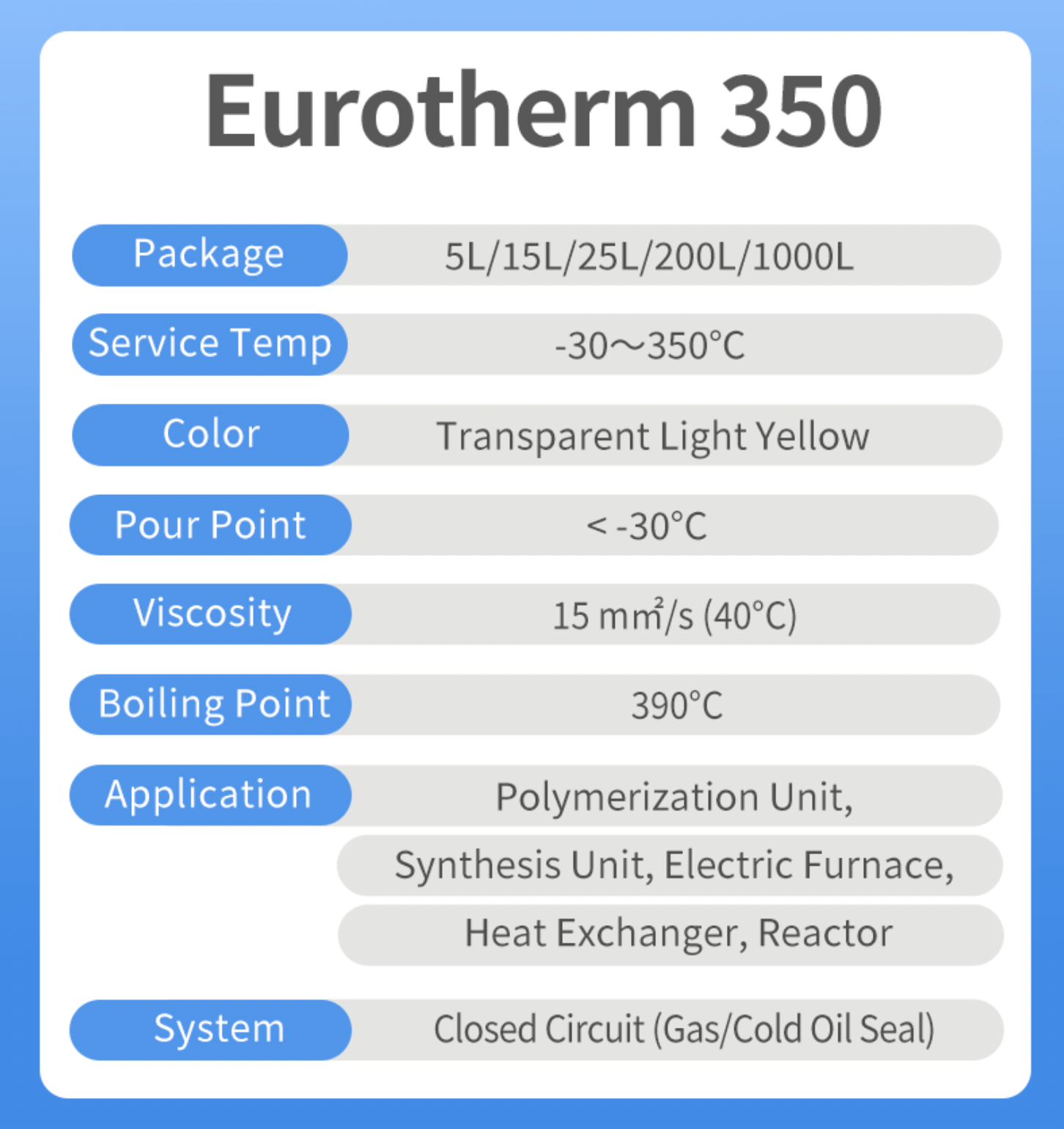Chemie for Beginners
Table of Contents9 Simple Techniques For Chemie3 Simple Techniques For ChemieGetting The Chemie To Work3 Easy Facts About Chemie ShownChemie - QuestionsGetting My Chemie To Work
By Bojanna Shantheyanda, Sreya Dutta, Kevin Coscia and David SchiemerDynalene, Inc. Fluid air conditioning, which can be attained making use of indirect or direct methods, is used in electronics applications having thermal power thickness that might go beyond safe dissipation through air cooling. Indirect fluid air conditioning is where warmth dissipating digital elements are literally divided from the liquid coolant, whereas in case of straight air conditioning, the components remain in direct call with the coolant.Nonetheless, in indirect cooling applications the electric conductivity can be important if there are leaks and/or splilling of the fluids onto the electronic devices. In the indirect cooling applications where water based liquids with corrosion inhibitors are generally made use of, the electrical conductivity of the liquid coolant mostly relies on the ion concentration in the liquid stream.
The rise in the ion concentration in a shut loop liquid stream may occur as a result of ion leaching from steels and nonmetal parts that the coolant fluid touches with. Throughout operation, the electrical conductivity of the fluid might increase to a level which could be hazardous for the cooling system.
9 Easy Facts About Chemie Explained
The examples were allowed to equilibrate at area temperature for two days prior to videotaping the preliminary electric conductivity. In all tests reported in this research study fluid electric conductivity was determined to an accuracy of 1% making use of an Oakton disadvantage 510/CON 6 series meter which was adjusted prior to each dimension.
Everything about Chemie
from the wall home heating coils to the facility of the heating system. The PTFE sample containers were positioned in the heating system when consistent state temperature levels were reached. The test configuration was eliminated from the heater every 168 hours (seven days), cooled down to area temperature with the electrical conductivity of the fluid determined.
The electric conductivity of the fluid sample was kept track of for an overall of 5000 hours (208 days). Schematic of the indirect shut loop cooling down experiment set-up. Parts made use of in the indirect closed loop cooling experiment that are in call with the liquid coolant.

9 Easy Facts About Chemie Explained
During operation the liquid tank temperature was kept at 34C. The modification in liquid electrical conductivity was kept track of for 136 hours. The fluid from the system was gathered and kept. Closed loophole examination with ion exchange material was lugged out with the exact same cleansing treatments employed. The preliminary electrical conductivity of the 230ml UP-H2O in the system measured 1.84 S/cm.

0.1 g of Dowex material was included in 100g of liquid examples that was absorbed a different container. The mix was stirred and change in the electrical conductivity at area temperature level was measured every hour. The gauged modification in the electric conductivity of the UP-H2O and EG-LC test fluids having polymer or steel when involved for 5,000 hours at 80C is revealed Number 3.
Some Known Details About Chemie
Ion leaching experiment: Measured adjustment in electrical conductivity of water and EG-LC coolants consisting of either polymer or steel samples when submersed for 5,000 hours at 80C. The outcomes suggest that steels added less ions right into the liquids than plastics in both UP-H2O and EG-LC based coolants.
Liquids having polypropylene and HDPE showed the most affordable electric conductivity modifications. This can be due to the short, stiff, direct chains which are less most likely to contribute ions than longer branched chains with weak intermolecular forces. Silicone additionally here did well in both test liquids, as polysiloxanes are usually chemically inert due to the high bond energy of the silicon-oxygen bond which would certainly stop destruction of the material into the fluid.
Chemie Fundamentals Explained
It would certainly be anticipated that PVC would produce similar results to those of PTFE and HDPE based on the similar chemical structures of the materials, however there may be other impurities existing in the PVC, such as plasticizers, that may impact the electric conductivity of the liquid - immersion cooling liquid. Furthermore, chloride groups in PVC can also seep right into the examination liquid and can create an increase in electrical conductivity
Polyurethane completely disintegrated right into the examination liquid by the end of 5000 hour examination. Prior to and after images of metal and polymer samples submersed for 5,000 hours at 80C in the ion leaching experiment.
Measured modification in the electrical conductivity of UP-H2O coolant as a feature of time with and without resin cartridge in the closed indirect cooling loop experiment. The measured modification in electrical conductivity of the UP-H2O for 136 hours with and without ion exchange resin in the loophole is displayed in Figure 5.
Comments on “Getting My Chemie To Work”